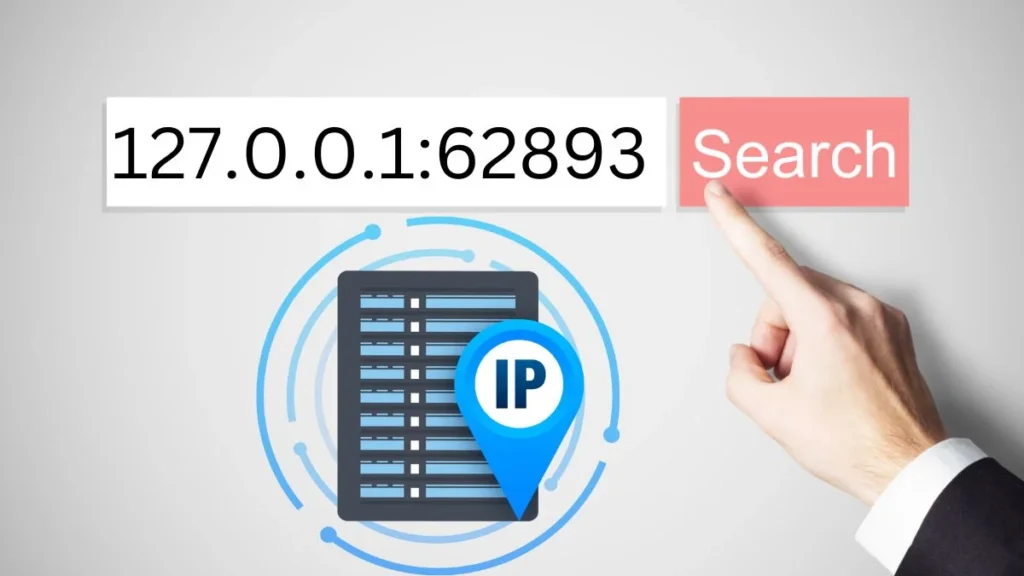Table of Contents
- Introduction
- What Is 127.0.0.1:62893?
- Common Errors with 127.0.0.1:62893
- How to Troubleshoot 127.0.0.1:62893 Errors Like a Pro
- Step 1: Check if the Port Is in Use
- Step 2: Restart the Service
- Step 3: Adjust Firewall Settings
- Step 4: Verify Configuration Files
- Step 5: Check for Application Logs
- Preventive Measures
- Conclusion
Introduction
127.0.0.1:62893 is often a term associated with localhost and troubleshooting network or application issues. While it may seem daunting, understanding and resolving errors related to this address and port number is easier than you might think. In this comprehensive guide, we’ll demystify what 127.0.0.1:62893 represents, why errors occur, and how you can fix them step-by-step like a professional.
What Is 127.0.0.1:62893?
In technical terms, 127.0.0.1 is the loopback address used by computers to establish a connection to themselves. It’s commonly referred to as localhost. The number 62893 is a port, which acts as a communication endpoint for specific applications or services. Together, they are often used for testing and development purposes, allowing services to communicate without needing external internet connections.
However, errors related to 127.0.0.1:62893 usually stem from misconfigurations, firewall blocks, or issues with the applications running on that port.
Common Errors with 127.0.0.1:62893
Here are some typical problems users encounter:
- Port in Use: Another application might already be using port 62893.
- Firewall Restrictions: Firewalls may block access to the port.
- Misconfiguration: Incorrect settings in your application can cause failed connections.
- Service Not Running: The required service on this port might not be active.
- Network Issues: Localhost or network settings may disrupt communication.
How to Troubleshoot 127.0.0.1:62893 Errors Like a Pro
Step 1: Check if the Port Is in Use
Run the following command in your terminal to determine if port 62893 is occupied:
bashCopy codenetstat -an | find "62893"
If another application is using this port, stop it or assign a new port for your service.
Step 2: Restart the Service
Ensure the service you are trying to connect to is active. Restart it to resolve any glitches:
bashCopy codesudo service <service-name> restart
Step 3: Adjust Firewall Settings
Firewalls might block communication on port 62893. To allow traffic, follow these steps:
- For Windows:
- Go to Control Panel > Windows Defender Firewall.
- Add port 62893 under the Advanced Settings > Inbound Rules section.
- For Linux:
Use the following command:bashCopy codesudo ufw allow 62893
Step 4: Verify Configuration Files
Open your application’s configuration file and ensure the settings for 127.0.0.1:62893 are correct.
Step 5: Check for Application Logs
Application logs can provide detailed error messages. Check them to pinpoint the issue.
Preventive Measures
- Regularly update your applications to avoid compatibility issues.
- Use monitoring tools to keep track of active ports and applications.
- Configure firewalls with clear rules to allow essential ports.
Conclusion
Resolving 127.0.0.1:62893 errors doesn’t have to be complicated. By understanding the root causes and following the troubleshooting steps outlined above, you can quickly restore functionality and avoid future issues. With a proactive approach to monitoring and configuration, you’ll handle these errors like a pro in no time!







